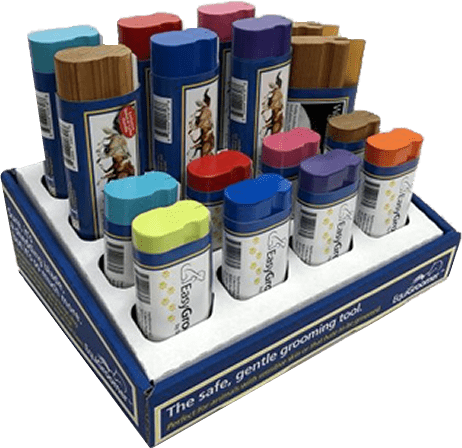Thousands of years ago, humans domesticated horses to share their life and work. Today there are more than 300 unique equine breeds with even more variations in sizes, coats, and personalities!
How well do you know horses? In today’s blog, we’re going to test your knowledge and see if you know these 8 amazing equine facts!
Click here to learn about 10 unique horse breeds.
How Do Horses Sleep?
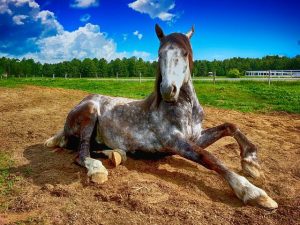
Let’s start with an easy one! Did you know that horses sleep standing up?! They also lay down to achieve a full, restorative sleep cycle. Several factors influence a horse to lay down to sleep including:
- Weather.
- Available space.
- Comfortable bedding; or
- Physical ailments.
A Horse’s Life Span
Horses have one of the longest life spans among pets. Today, domestic horses are known to live more than 30 years (wild horses only to 20). A lot of this is due to an increase in knowledge about horse care, nutrition, and vet medicine.
Horses: The Most Popular Breed!
Among dogs, the Labrador Retriever has held the top spot of Most Popular Dog Breed since 1991.
For horses, the top spot is held by the American Quarter Horse! This breed is appreciated and ridden by beginner riders and professional horse people.
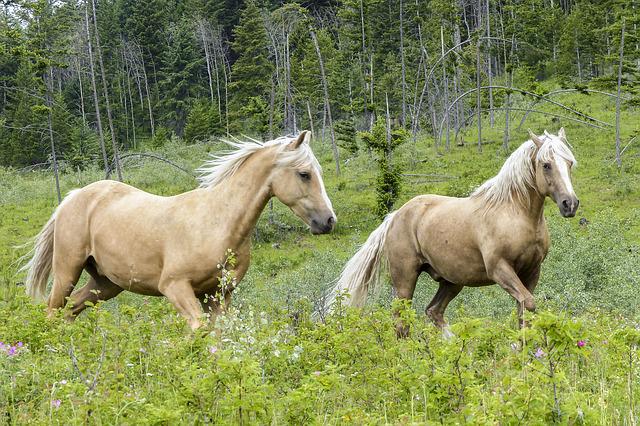
The Equine Diet

Here’s another easy one … which term below describes horses?
- Omnivores?
- Carnivores?
- Herbivores?
Hopefully, you guessed herbivores!
From their grinding teeth to the position of their eyes (to look out for predators with the largest eyes among land mammals and their wide range of side vision) and their digestive system, horses are a prime example of herbivores!
The Horse’s Distant Relative?
If you don’t already know this, don’t feel bad; this writer didn’t have a clue either! While a distant relative, the rhino is in the same group or “order” as the domesticated horse! Both are similarly hooved and known as odd-toed ungulates or hoofed mammals. Other relatives also include the zebra, ass, and donkey.
Horse’s Teeth Tell a Tale
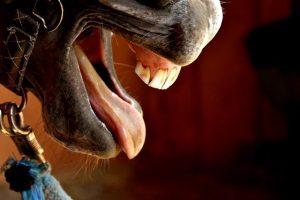
Did you know that you can tell a horse’s gender through its teeth? It’s true! This is because:
- Males have 44 teeth.
- Females have 36-44 teeth.
A horse’s teeth will also help you estimate his age! By observing the permanent teeth, the indents in each tooth, the shape of the teeth surfaces, and the angle where the top and bottom teeth meet, an experienced horse person can estimate the horse’s age.
The Highly Intelligent Horse
Studies have shown that horses use sensory input to identify and remember people in two entirely different ways!
- Horses can distinguish different people just by their voice alone.
- Conversely, horses can also distinguish different people with just sight and smell.
Hey! No Laughing!
Finally, here’s a fun one. What usually comes to mind when you see a horse doing this? He’s a comedian trying to make you laugh? Not quite!
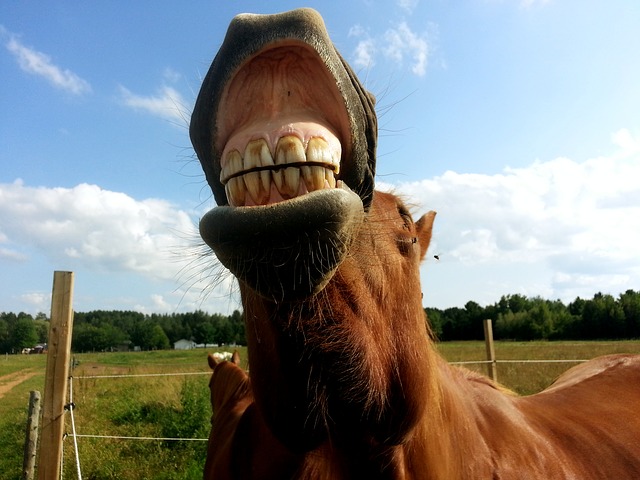
This horse behavior is called the “flehmen response” and it has nothing to do with being funny. Instead, the horse is trying to get a better whiff of an interesting scent!
By curling his upper lip and raising his head into the air, the horse can direct pheromones and other scents to the olfactory sense organ in the soft tissue of the nasal cavity (called the VMO) which signals the brain to trigger physiologic and behavioral reactions.
It’s common to see stallions using this behavior when mares come into season. Mares will also use this behavior to recognize their foals. But this behavior can also be used to identify potential predators and even sources of water.
Click here to learn 30 other interesting horse facts!
The EquiGroomer Tools
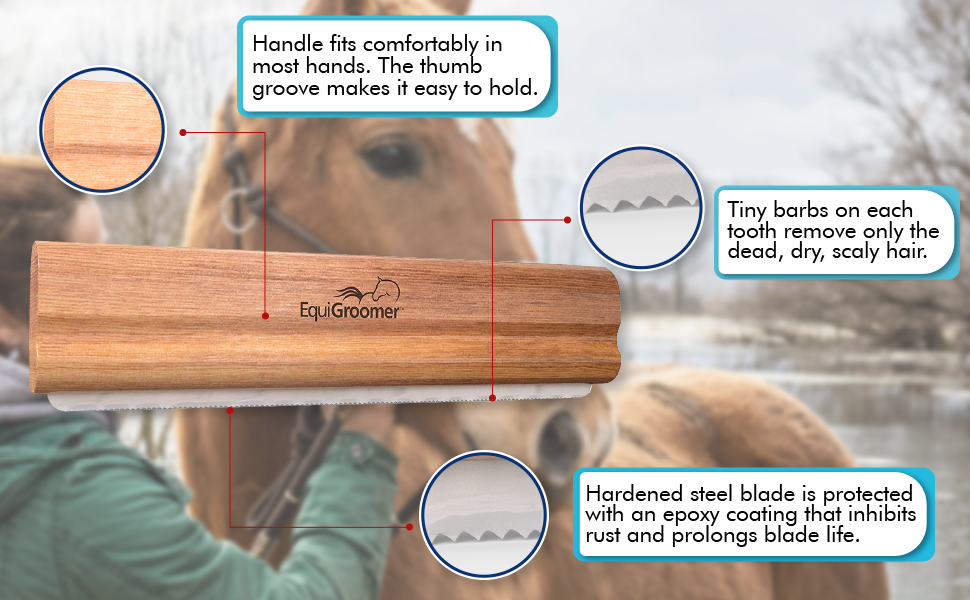
We guarantee your horse, dog, other pets or livestock,
will LOVE the EquiGroomer Grooming Tools!
For individual or bulk orders, call 860-573-0604
or send us an email.



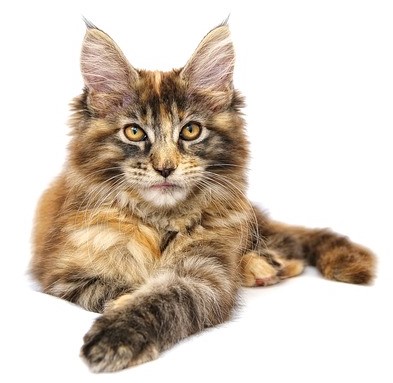

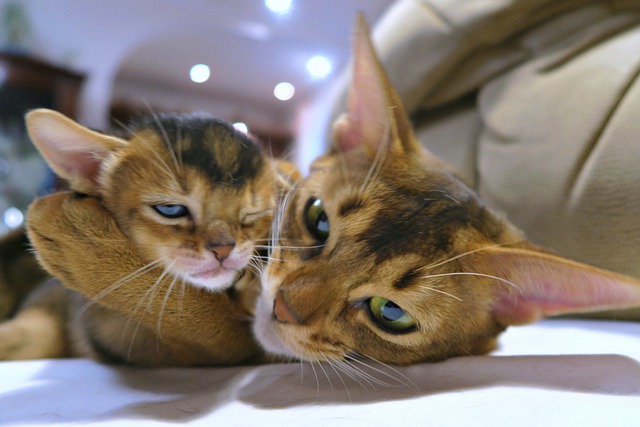
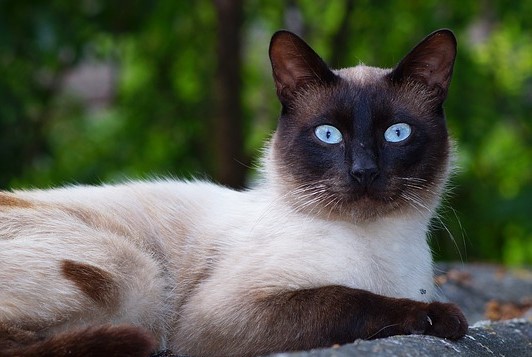
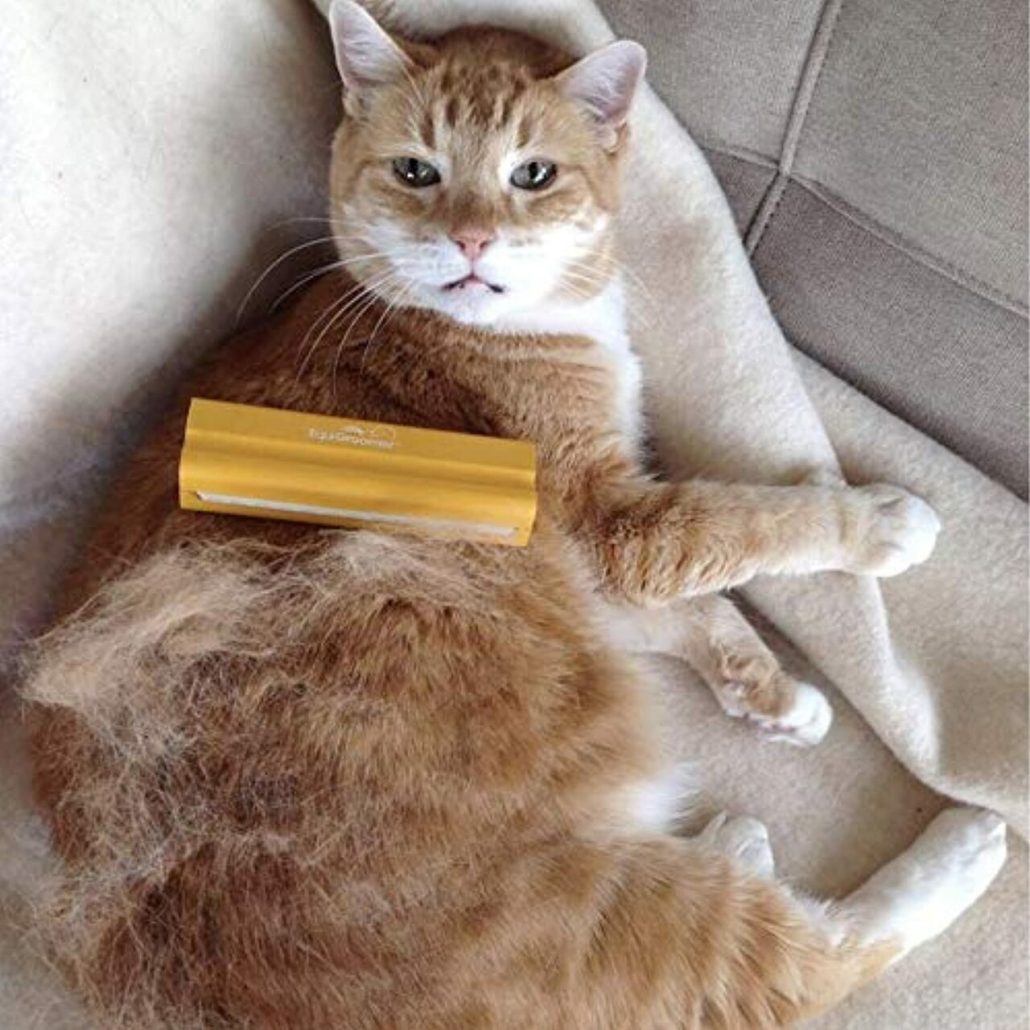

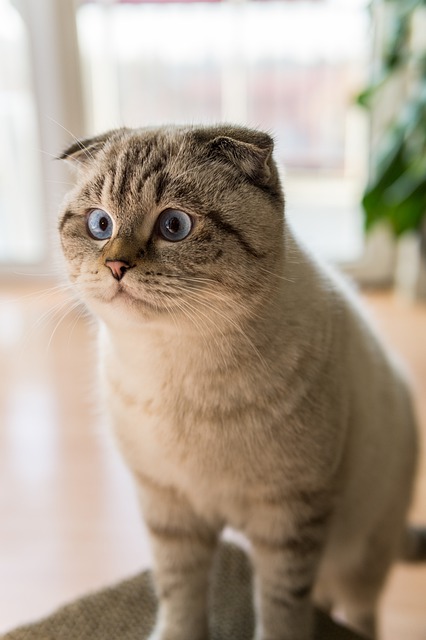
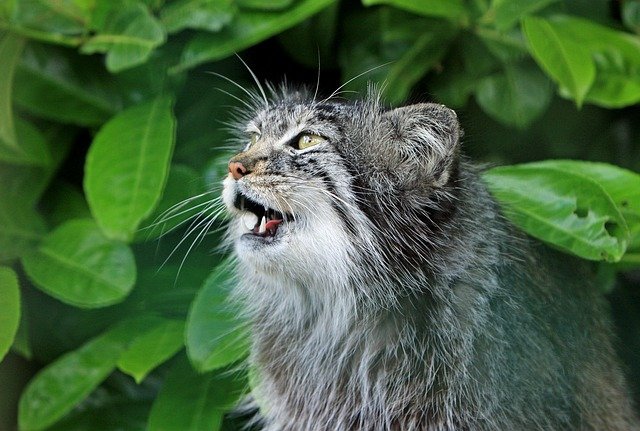
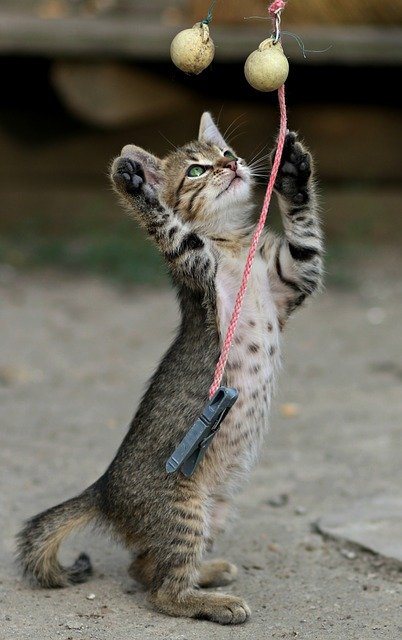

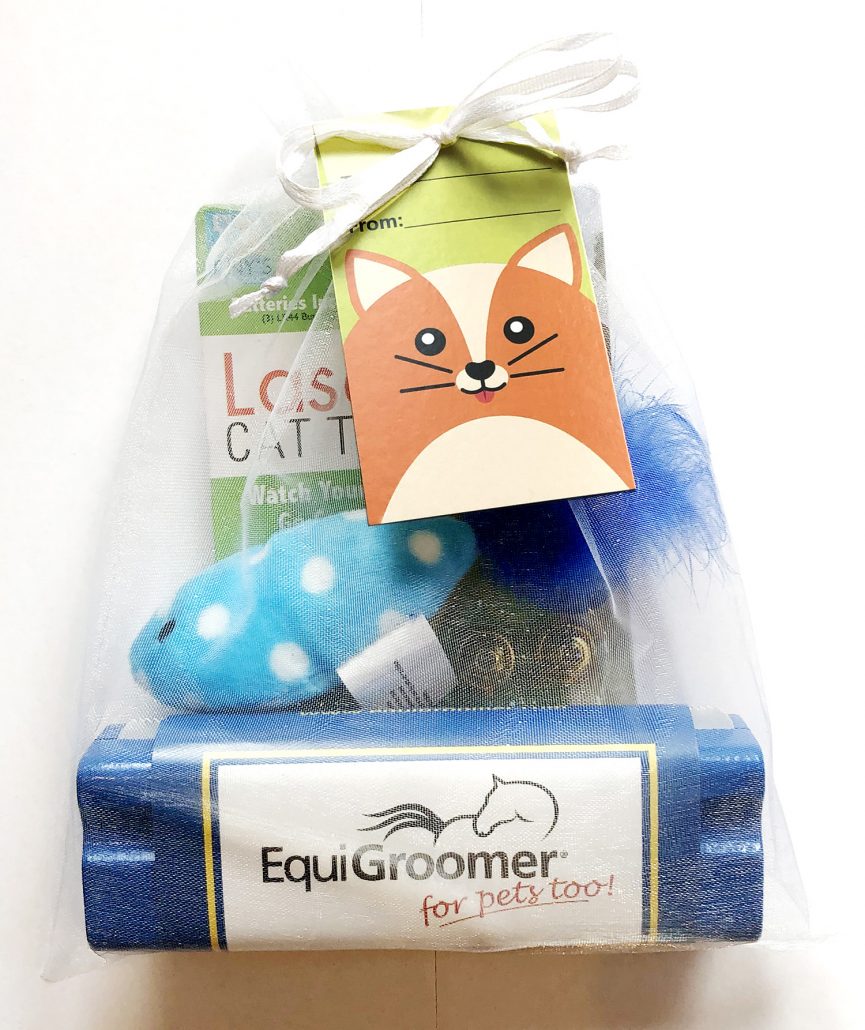
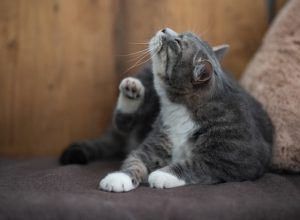
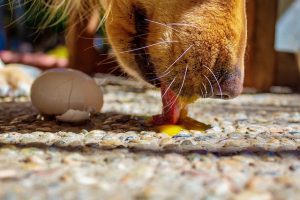
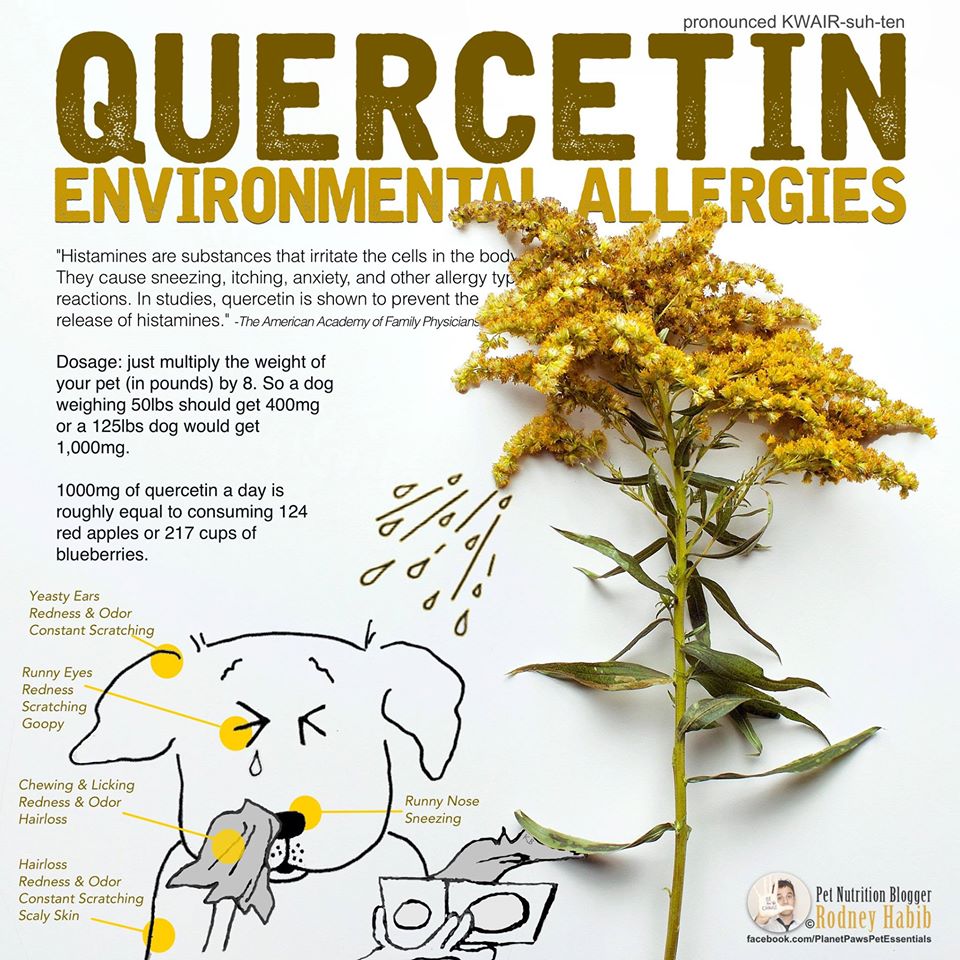
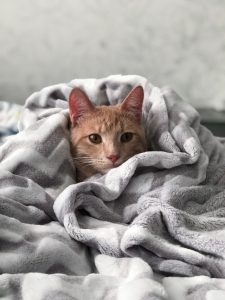 Just like their canine friends, our felines are just as susceptible to winter dryness. But excessive itchiness and scratching can lead to unwanted infections and wounds for your cat. Below are some remedies to keep your cat’s skin well-conditioned.
Just like their canine friends, our felines are just as susceptible to winter dryness. But excessive itchiness and scratching can lead to unwanted infections and wounds for your cat. Below are some remedies to keep your cat’s skin well-conditioned.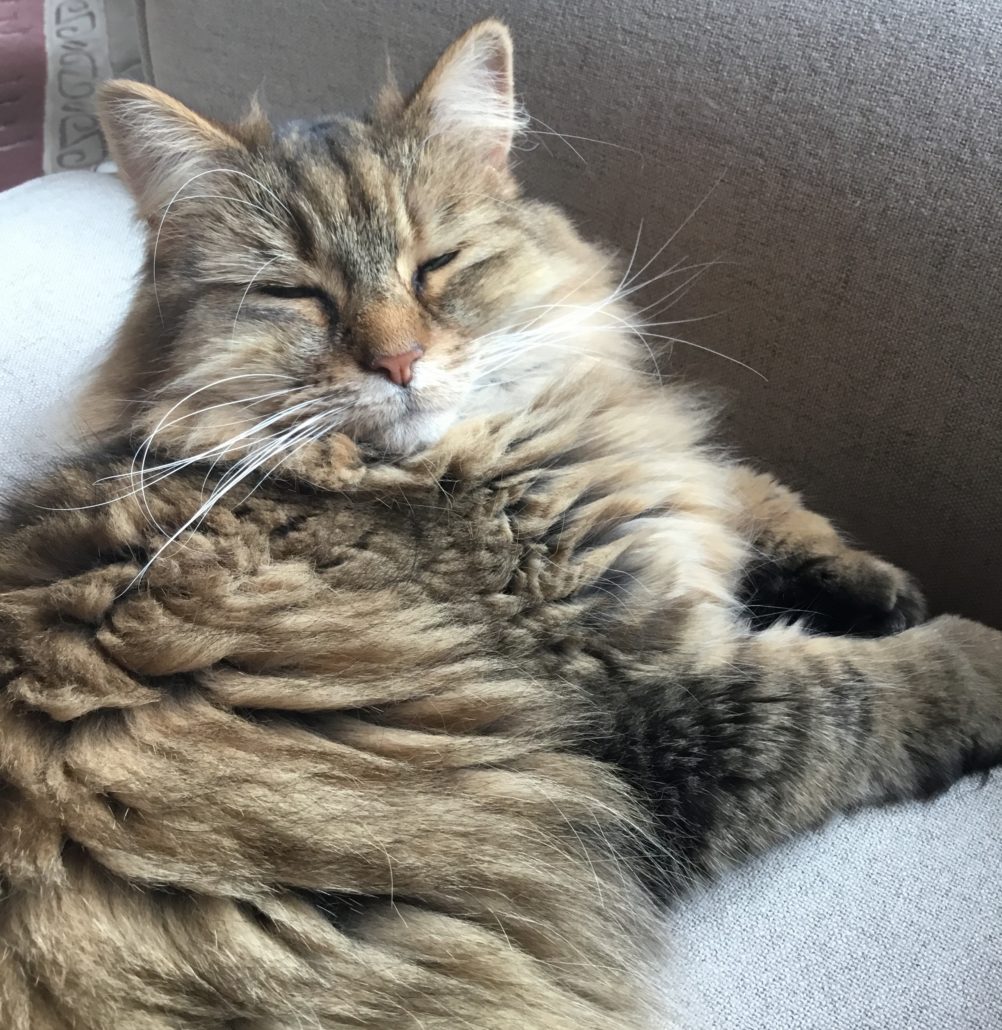
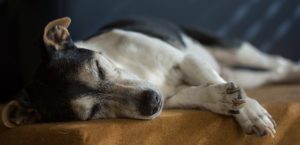 Each stage of your pet’s life has its own requirements for well-being. The needs of a puppy, kitten or foal will be different from an adult or senior. So, it’s important to focus on the specific wellness needs and effective preventative care for their age, breed, health history and potential aging challenges.
Each stage of your pet’s life has its own requirements for well-being. The needs of a puppy, kitten or foal will be different from an adult or senior. So, it’s important to focus on the specific wellness needs and effective preventative care for their age, breed, health history and potential aging challenges.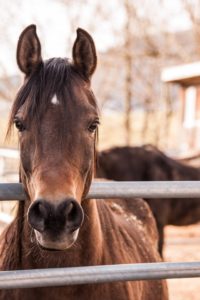




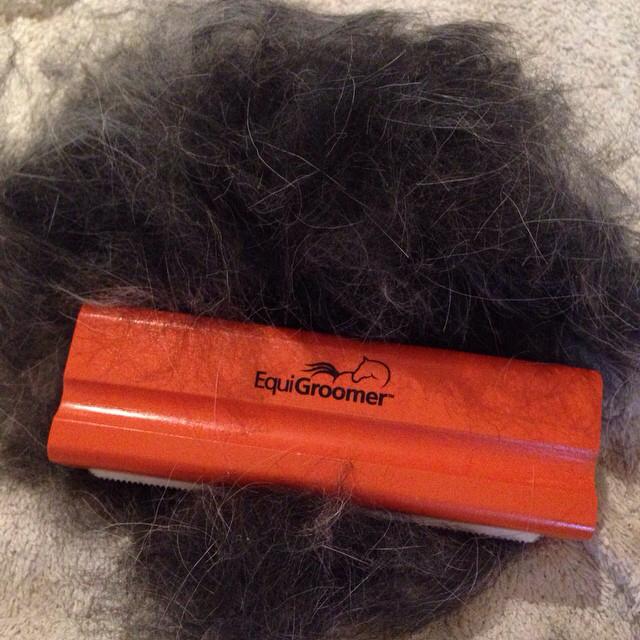

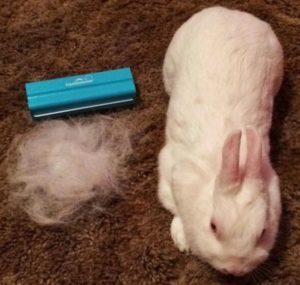 hairballs for cats (as well as rabbits and
hairballs for cats (as well as rabbits and 
 Pomeranian, Corgi, Puli, Leonberger, Golden Retriever and Shiba Inu
Pomeranian, Corgi, Puli, Leonberger, Golden Retriever and Shiba Inu Regular brushing is essential to your pet’s overall hygiene, health, comfort and happiness.
Regular brushing is essential to your pet’s overall hygiene, health, comfort and happiness.
